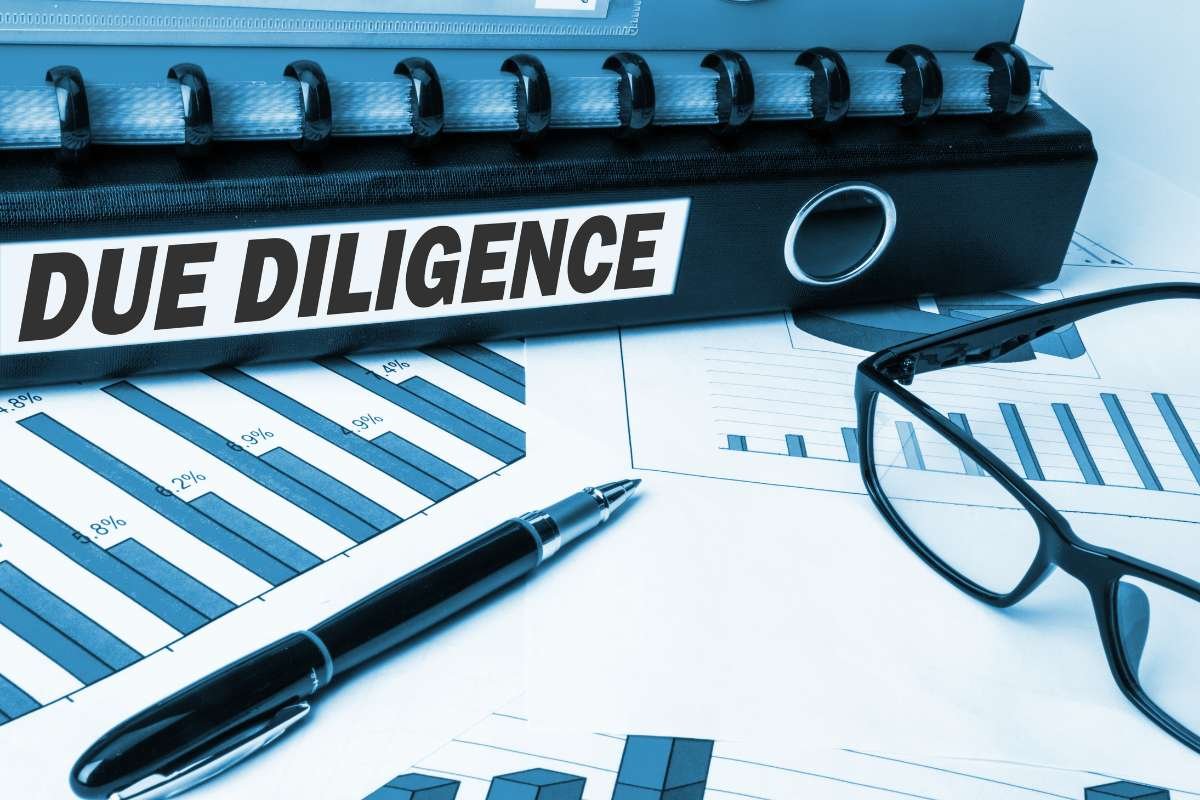To check financial conditions and risk potentials, before making financial deals or investments, financial due diligence plays a very important role in business. Financial due diligence business owners, investors, and financial experts, to make smart choices and decisions by carefully looking closely at the organization’s financial reports, legal documents, debt histories, and plans.
Here we have provided a comprehensive guide, through which you can get a deep understanding of the key parts of financial due diligence and show how it helps in making strategic business decisions.
What is Financial Due Diligence?
Financial due diligence is a comprehensive evaluation of a company’s financial condition. It involves analyzing financial statements, cash flow, profitability, debts, and tax compliance to ensure transparency and mitigate financial risks. The goal is to identify any hidden liabilities or financial inconsistencies that could impact the investment decision.
Importance of Financial Due Diligence in Business
- Risk Mitigation: Identifies potential financial risks, including undisclosed liabilities and revenue inconsistencies.
- Valuation Accuracy: Ensures the business valuation is based on actual financial performance.
- Regulatory Compliance: Assesses adherence to financial regulations and tax laws.
- Investment Decision-making: Helps investors understand the financial stability and growth potential of a business.
- Negotiation Leverage: Provides data-driven insights to negotiate better terms in business deals.
Read More: Financial Modeling Best Practices
Key Steps Involved in the Process

1. Preliminary Assessment
Before diving into a detailed financial analysis, an initial review is conducted to assess the overall financial landscape of the target company. This includes:
- Reviewing basic financial documents.
- Understanding the business model and revenue sources.
- Identifying major financial risks at a high level.
2. Analysis of Financial Statements
The most crucial part of financial due diligence is examining financial statements, which include:
- Balance Sheet: Evaluates assets, liabilities, and shareholder equity.
- Income Statement: Reviews revenue, expenses, and profitability trends.
- Cash Flow Statement: Assesses the company’s liquidity and financial health.
3. Revenue and Profitability Assessment
- Analyze revenue streams to determine consistency and sustainability.
- Evaluate profit margins and their alignment with industry benchmarks.
- Identify any revenue concentration risks that may impact business stability.
4. Debt and Liabilities Review
- Examine outstanding debts and repayment obligations.
- Identify contingent liabilities, including legal and tax-related obligations.
- Assess the company’s ability to manage financial obligations.
5. Working Capital Evaluation
- Analyze the company’s short-term financial health.
- Assess accounts receivable and payable trends.
- Ensure sufficient liquidity to sustain business operations.
6. Tax Compliance and Legal Considerations
- Review tax filings to identify any pending liabilities or disputes.
- Ensure compliance with local and international tax regulations.
- Evaluate potential legal risks that could impact financial stability.
7. Operational and Cost Analysis

- Assess the company’s cost structure and efficiency.
- Identify areas for cost optimization and potential financial improvements.
- Evaluate supplier contracts and operational expenses.
8. Industry and Market Comparison
- Compare financial performance with industry peers.
- Identify external factors that could affect financial stability, such as economic trends and regulatory changes.
Read More: Financial Management for Small Businesses: A Comprehensive Guide
Drawbacks of Financial Due Diligence Processes
Despite being a structured approach, financial due diligence comes with challenges, including:
- Incomplete or Misleading Information: Companies may withhold financial data, leading to inaccurate analysis.
- Complex Financial Structures: Businesses with multiple subsidiaries or complex revenue models require deeper analysis.
- Regulatory and Compliance Hurdles: Cross-border transactions involve different regulatory landscapes, increasing the complexity of due diligence.
- Time Constraints: In fast-moving deals, limited time may restrict the depth of financial investigations.
Read More: Comprehensive Guide to Investment Appraisal Techniques for Business Success
What are the Best Practices for Effective Financial Due Diligence?

To maximize the effectiveness of financial due diligence processes, consider these best practices:
- Engage Experts: Utilize financial analysts, accountants, and legal professionals to conduct thorough due diligence.
- Leverage Technology: Use data analytics tools to streamline financial assessments.
- Maintain Objectivity: Avoid biases in financial analysis by relying on data-driven insights.
- Regular Updates: Keep financial due diligence as an ongoing process, not just a one-time event.
- Confidentiality Agreements: Protect sensitive financial information through legally binding agreements.
Final Thought
In conclusion, the process of financial due diligence plays an important role in making major business decisions, such as decisions related to investment, mergers, and acquisitions. A deep understanding and thorough review of financial reports, liabilities, revenue, legal documents, and compliance majorly helps to minimize the risks and enhances decision-making. By following structured steps and best practices related to due diligence, organizations can ensure accuracy and transparency in financial transactions.








